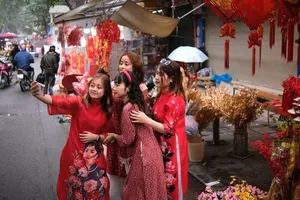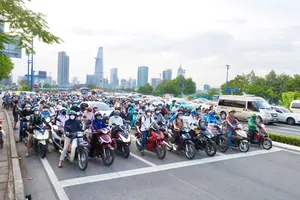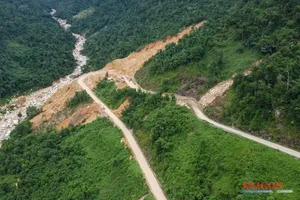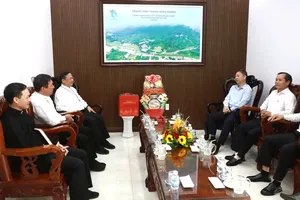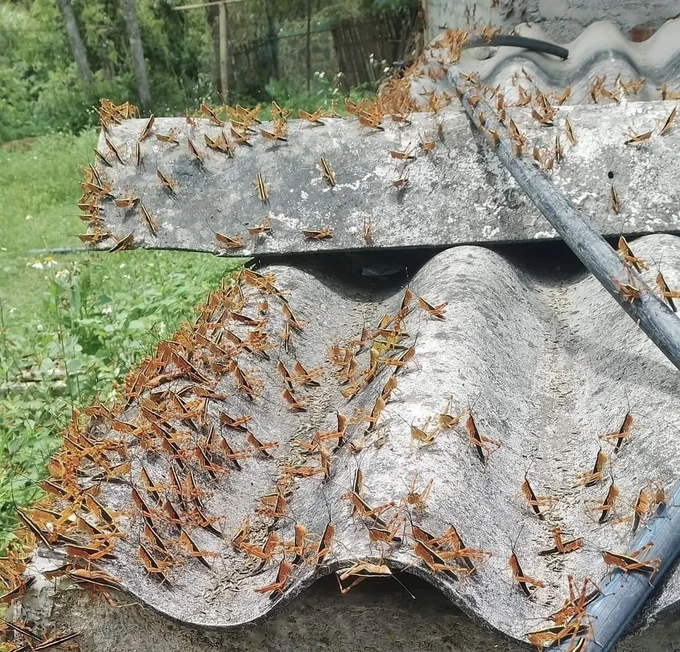
According to Hoang Khoi, a taxi driver in Thien Hoa Commune of Binh Gia District in Lang Son Province, this quantity of locusts is the largest he has ever seen, coming to tens of thousands.
The most concentrated area is the road leading to Thien Hoa Primary School, where the locusts have covered the walls and even spilled onto the ground. When parking here, only after a short time, Khoi’s taxi was covered with hundreds of locusts.
This incident has just happened for the last one week.
Khoi said that the locusts have been devouring the leaves of bamboo trees and are now starting to move on to cornfields. Locals say that the locusts spend most of their time perched on bamboo trees, making it difficult to eliminate them with pesticides. If spraying is necessary, long-range sprayers are required.
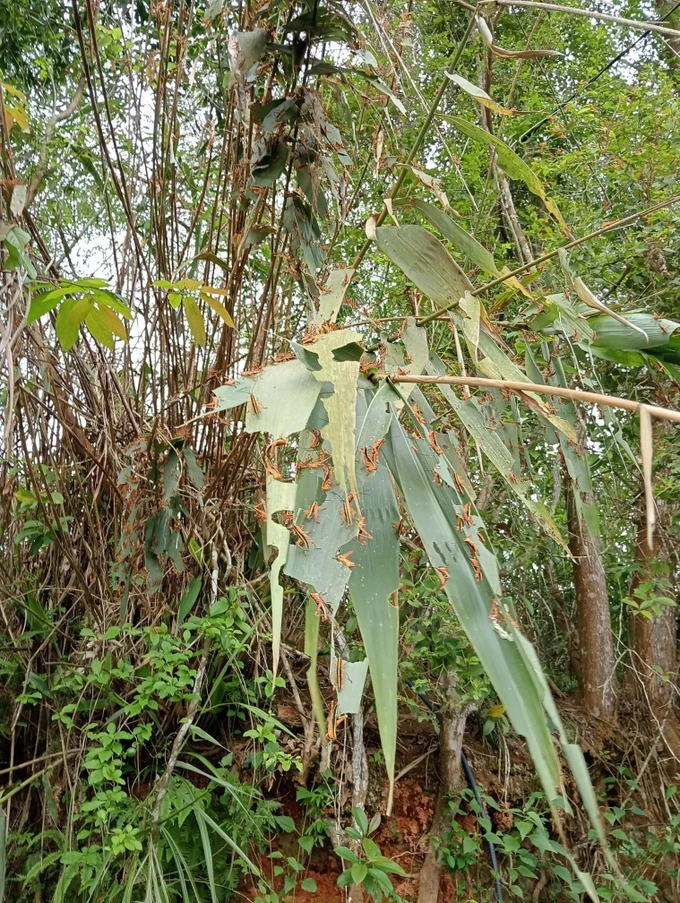
Many Facebook users from Hanoi and neighboring localities when seeing the clip Khoi had posted on his wall sent him a message asking him to catch locusts mainly as bird feed, with the price of VND40,000 (US$1.57) per kilo.
This type of locust is not like the common locust, it has a yellow back, is bigger and uglier. Yesterday, 1-2 people here caught them to eat, but they didn't seem to have any problems," said Khoi.
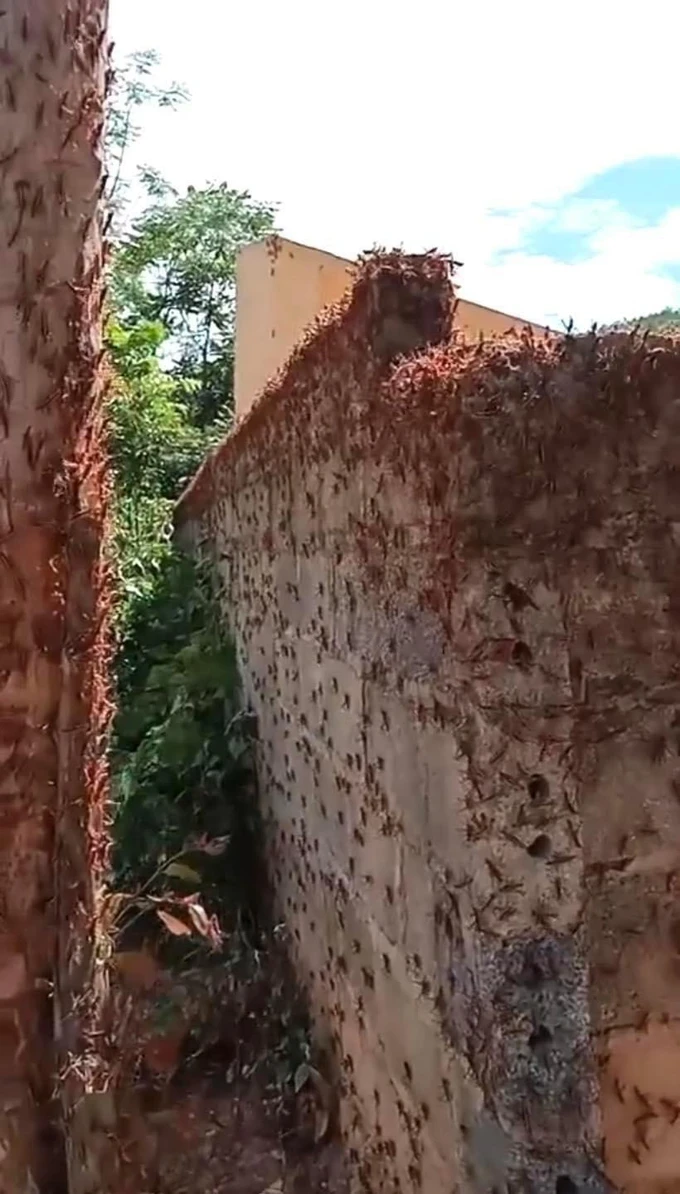
An expert on plant pests shared that this kind of locust is quite similar to bamboo locusts, which usually feed on the leaves of bamboo, corn, and rice. They reproduce rather quickly and in large amount. This is extremely harmful to crops.
This type once appeared in the Northern mountainous provinces of Son La, Lao Cai, and Lai Chau. At times, they laid eggs in Laos, then moved in swarm to Son La Province and Lai Chau Province. Although local authorities had already implemented various solutions to kill them, they reoccurred only after a short time.
Yesterday afternoon, an expert from the Plant Protection Department under the Ministry of Agriculture and Rural Development confirmed that this type is the yellow-backed bamboo locust and are currently found in many mountainous provinces in Northern Vietnam.






